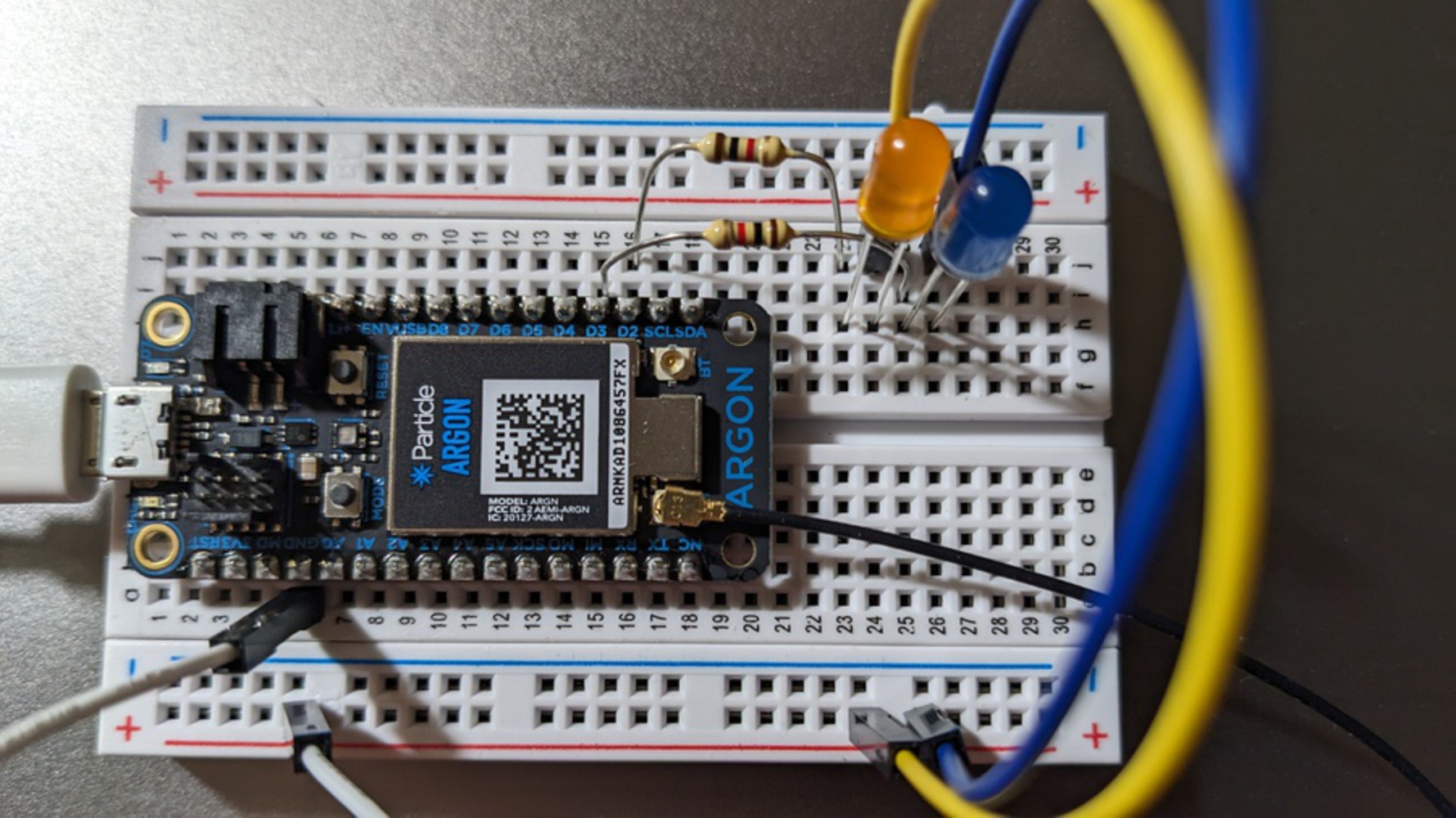Reflection:
Learning Outcomes:
Circuitry Components: It was important to remember the connection points. When recreating the setup from scratch, I connected the resistors to the cathode point rather than the anode.
- The resistor ‘ties’ the LED light to the code (e.g. D2, D3) and lines up with the anode (positive) side of the light
- The wires tie the from the cathode to the power rail
- The circuit must always be completed and be tied back to ground.
Coding: For the second and third exercises, a separate integer was needed.
- To loop a blinking light 5 times, an integer is needed to count the number of blinks in the loop
- To blink a second light, a separate int was needed for the point where the second LED was connected to the breadboard
Next Steps:
I think it will be interesting to add additional components to the breadboard, however it will be important to understand what operates inside (or outside) a loop.
